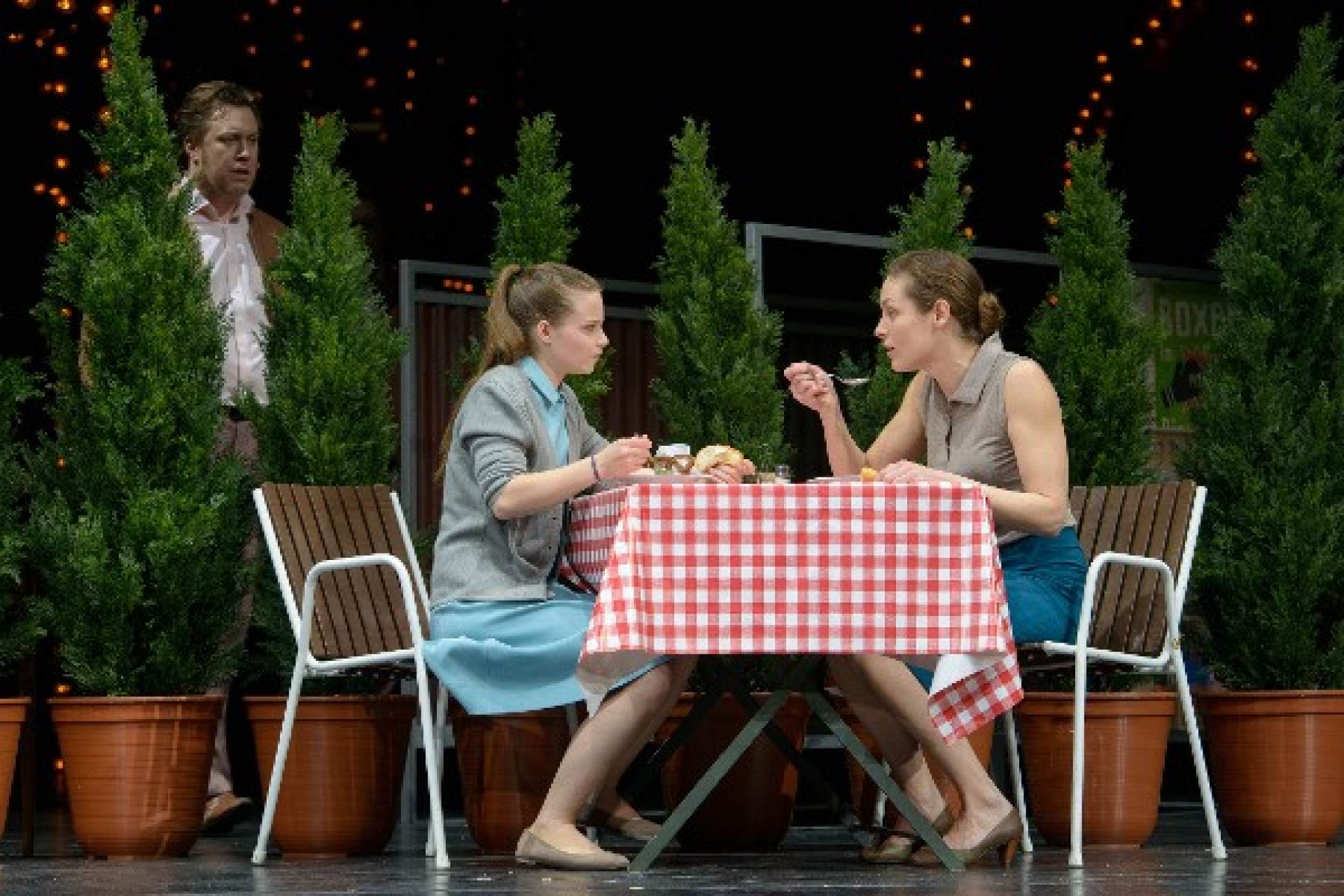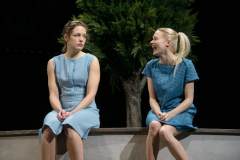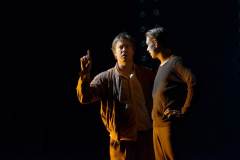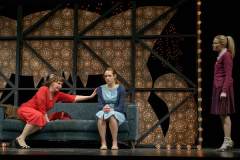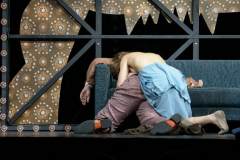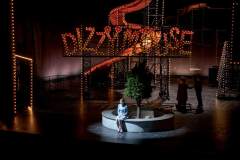Liliom
Mo | Tu | We | Th | Fr | Sa | Su |
Liliom is a barker at the carousel in an amusement park—a loud, coarse, yet irresistible suburban Casanova. The play, which marks the first presentation by the visually striking film and theater director Philipp Stölzl at the Burgtheater, was written in 1909 during the final years of the Austro-Hungarian Empire. It tells of a time of social upheaval when poor and exploited people begin to seek emancipation. However, Liliom's attempts at liberation lead him into the underworld of gamblers and petty criminals: A friend convinces him to commit a robbery. But it goes awry... and in the end, no one and nothing comes to his aid. Not even Heaven.
Program and cast
Director and Set Design: Philipp Stölzl
Set Design Assistant: Franziska Harm
Costumes: Kathi Maurer
Dramaturgy: Thomas Jonigk
Burgtheater
The stage of the Burgtheater is one of the biggest theatre stages in the world. The stage portal is 12m wide, the main stage is 28,5m wide, 23m deep and 28m high. At the opening in 1888 the stage technology was already innovatory and has been modernized on many occasions. During the reconstruction after World War II, which was accomplished in 1955, a stage equipment was installed that is still revolutionary today. The revolving stage consists of a rotating cylinder (15m high, 21m diameter) and four hydraulic lifts (12 x 4 m each). With the help of this technical features the scenery can be changed within 40 seconds. It is the biggest automatic and computer controlled stagesystem in Europe.
The Burgtheater auditorium holds 1175 seats, it has standing room for 84 visitors and 12 places for disabled visitors.
Apart from the stage-art the Burgtheater plays an important part in architecture and interior design of the 19th century in Vienna. The magnificent decoration, especially the two imperial staircases painted by Gustav Klimt, his brother Ernst Klimt and their companion Franz Matsch as well as the main foyer and the many statues, busts and paintings of famous writers and actors can be visited during our dailyguided tour.

 EN
EN DE
DE IT
IT FR
FR ES
ES RU
RU JP
JP RO
RO